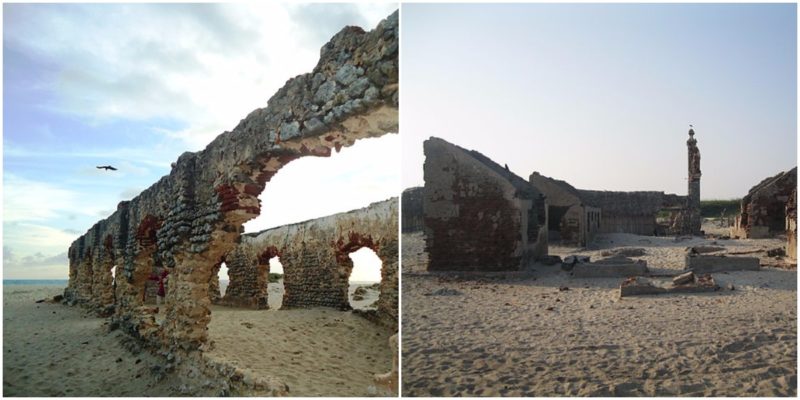Forgotten, abandoned and ruined structures usually are reclaimed by nature. If the slow, but certainly inevitable process didn’t happen already, without doubt, it will happen in future.
Today many abandoned buildings only live in the memory of the people, because they are blended with the environment so much that it is very hard to recognize their former shape. Some crumbled buildings are lost forever and now no one remembers their real location–they continue to live only as legends.
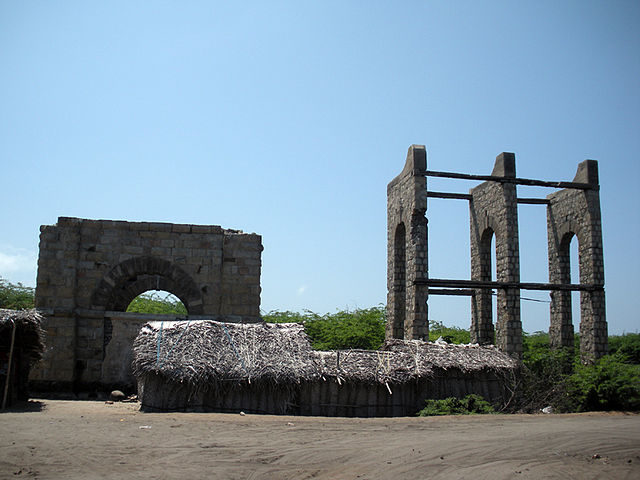
Sometimes the main reason why towns or cities became ruined and forgotten is down to of the mighty forces of nature itself. Many once bustling places that were hurriedly abandoned are never repopulated again because of the damage caused by devastating earthquakes, tornadoes, floods, fires or hurricanes.
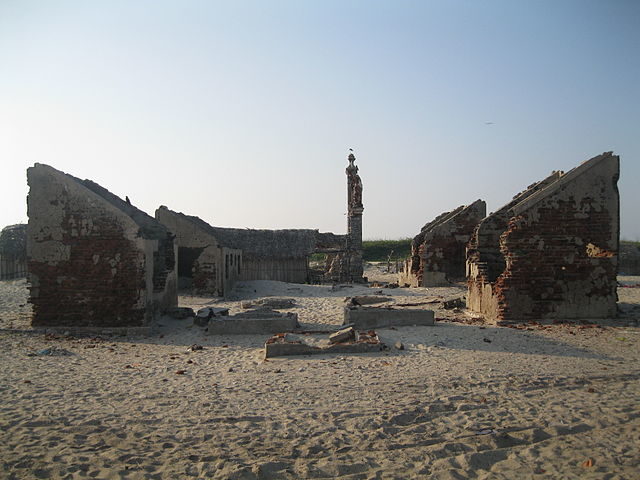
Dhanushkodi officially became a ghost town 53 years ago after a furious cyclone literally wiped it from the map. In December 1964, during the Rameswaram cyclone, extremely high tidal waves swept through the thriving town and battered its buildings. Even an entire train with all 115 passengers in it were washed away to the bottom of the ocean. Nearly 1800 people died in one night.
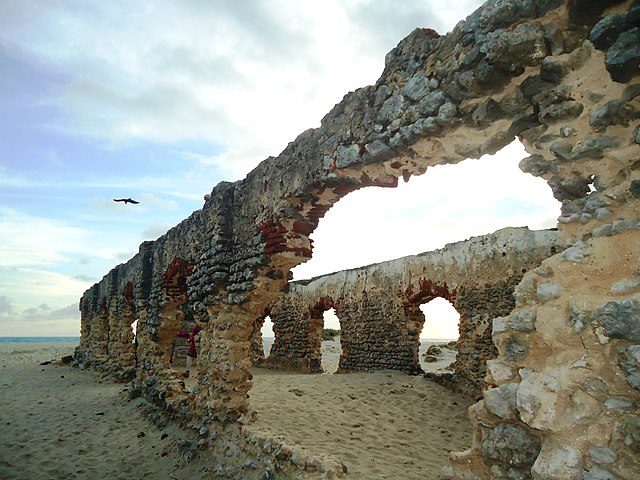
Dhanushkodi is important from mythological, religious, historical and geographical points of view for the Indians. Placed literally at the edge of south India, on the southeastern end of Pamal Island in the state of Tamil Nadu, where the waters of the Bengal Bay and the Indian Oceans meet. It is located approximately 10 miles from Sri Lanka, and throughout the centuries it has represented the main gateway between India and Sri Lanka. Before the catastrophe, Dhanushkodi was a small but thriving town where traders came to sell their products. It had a port, a post office, a railway station, some hotels and an urban residential area with many houses. There were also a number of Hindu temples.
The roofless church, a water tank from the railway station and the remains of a Hindu temple are left behind, slowly falling apart. There is also another temple, which because its strong foundations and construction, survived the devastating cyclone.
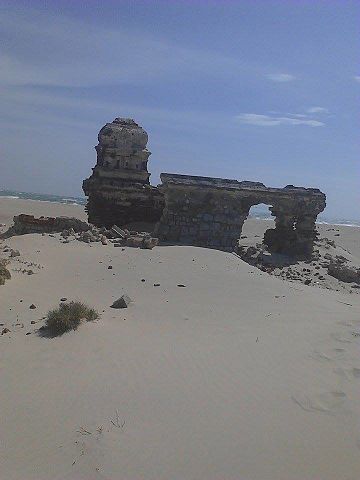
The place was for the first time mentioned in the Hindu sacred text Ramayana. According legend, Lord Rama ordered Lord Hanumana and his army of monkeys to build a bridge to Lanka. The bridge, known as Ram Setu, was used by his army in order to rescue his wife, the Goddess Sita, from the evil king Ravana. After winning the war, Lord Rama destroyed the bridge with the tip of his bow. And that’s why the place was named Dhanushkodi, which actually means “end of bow.”
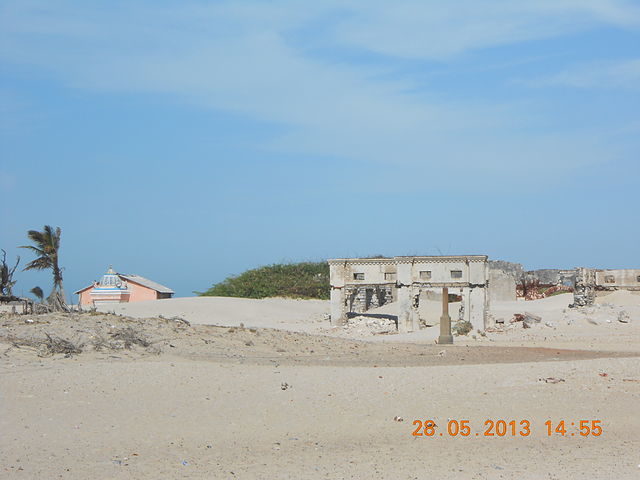
Recent NASA satellite pictures indicate that the land formation between Dhanushkodi and Sri Lanka could be man-made, but there are still debates among scientists whether this stretch of a land and the remains of underwater structures between India and Sri Lanka is simply a work of nature. Some think that the Adam’s Bridge was made by tectonic movements. However, many devotes believe that the gods walked at Dhanushkodi and that it was the place were the legendary Ram Setu began. For millennia, it has been considered a very sacred place. To this day, a great number of pilgrims come to bathe at the full moon in the waters where the Bengal bay and the Indian Ocean meet and this is a sacred ritual for them.
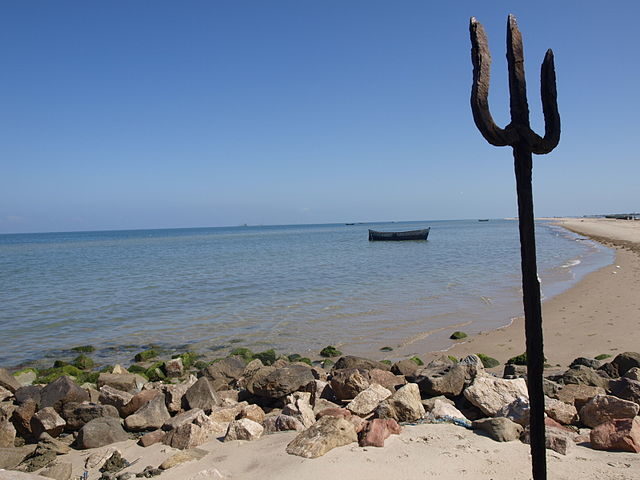
After the disaster in 1964, the authorities declared Dhanushkodi a ghost town. A handful of fishermen remained and the community numbers nearly 500 today, mainly living in fishermen huts on the beach. The destroyed buildings weren’t renewed because they were deemed unsafe for living in. Recently the old school was reconstructed and there are some plans in the near future for the whole town to be rebuilt and thus its former glory to be brought back. Until then, the tourists and devotees will be able to enjoy the mysterious beauty of the ruins of Dhanushkodi.
